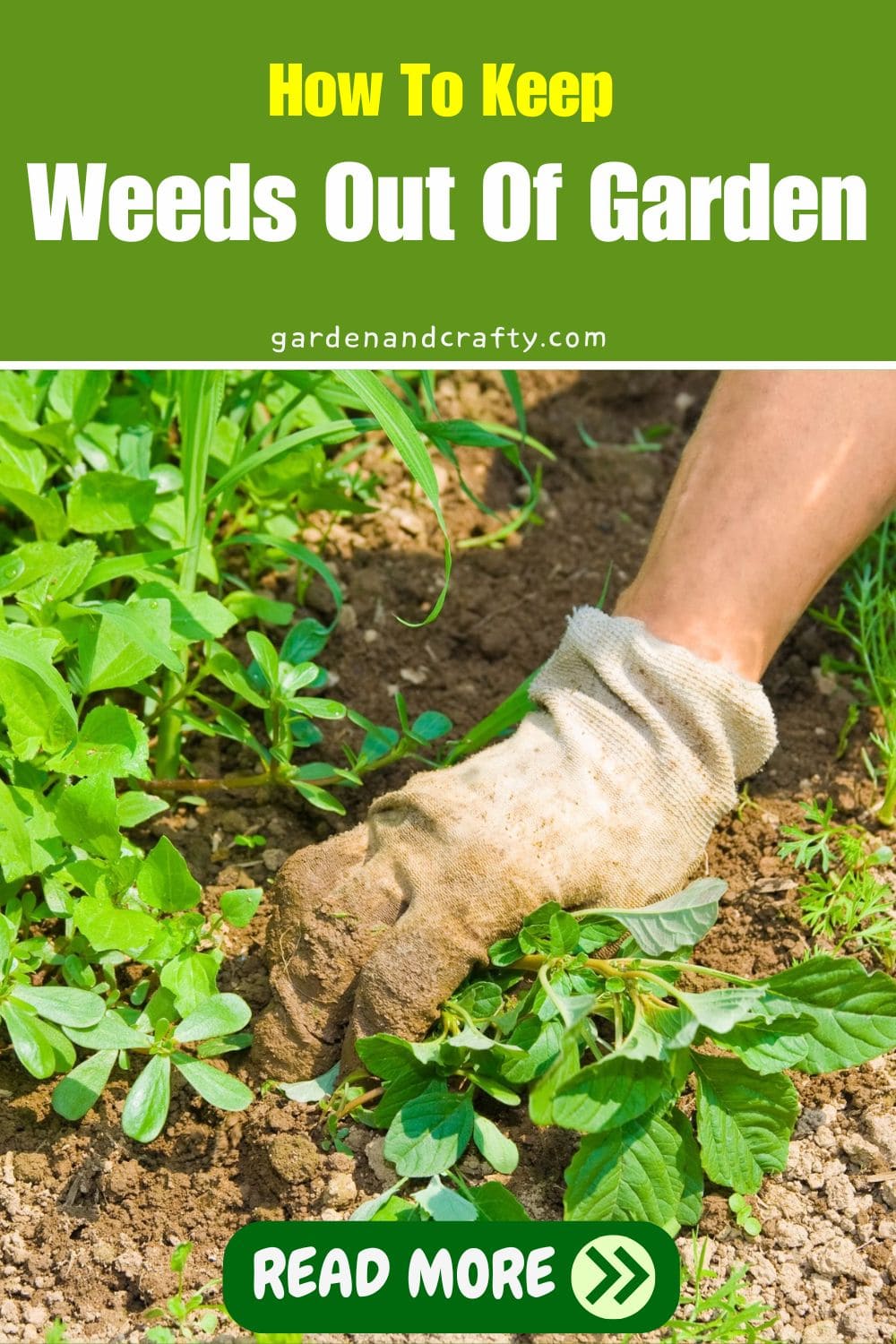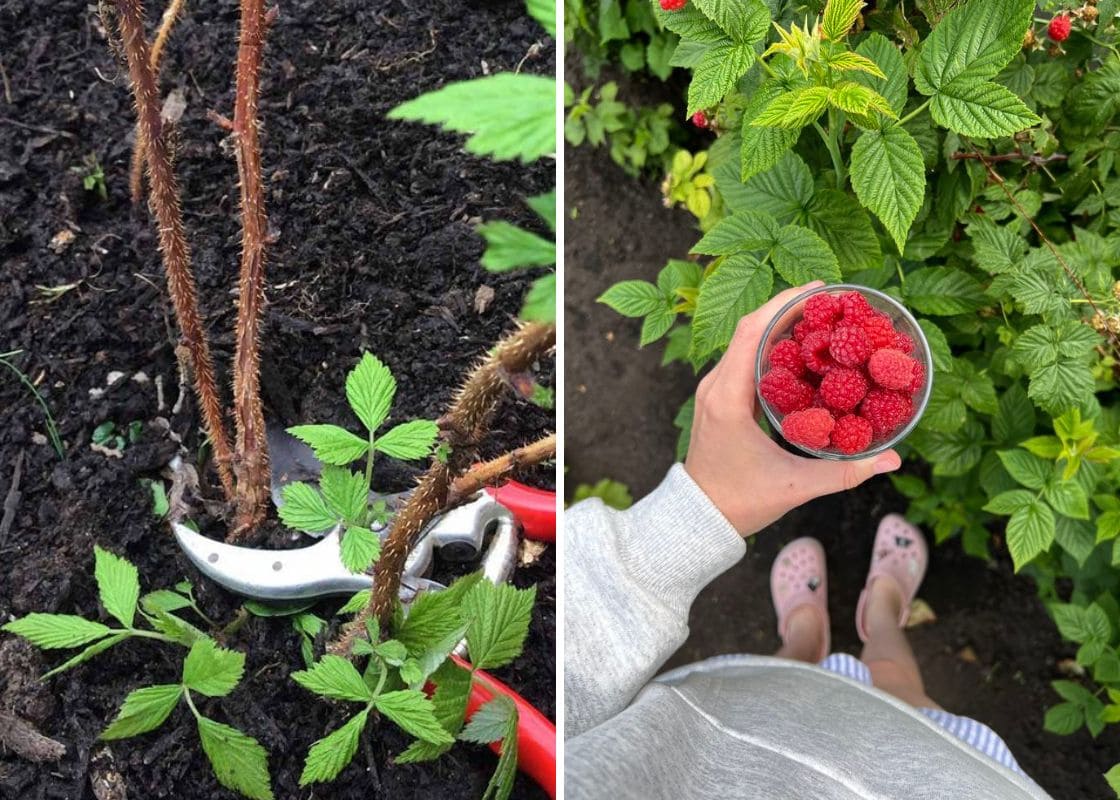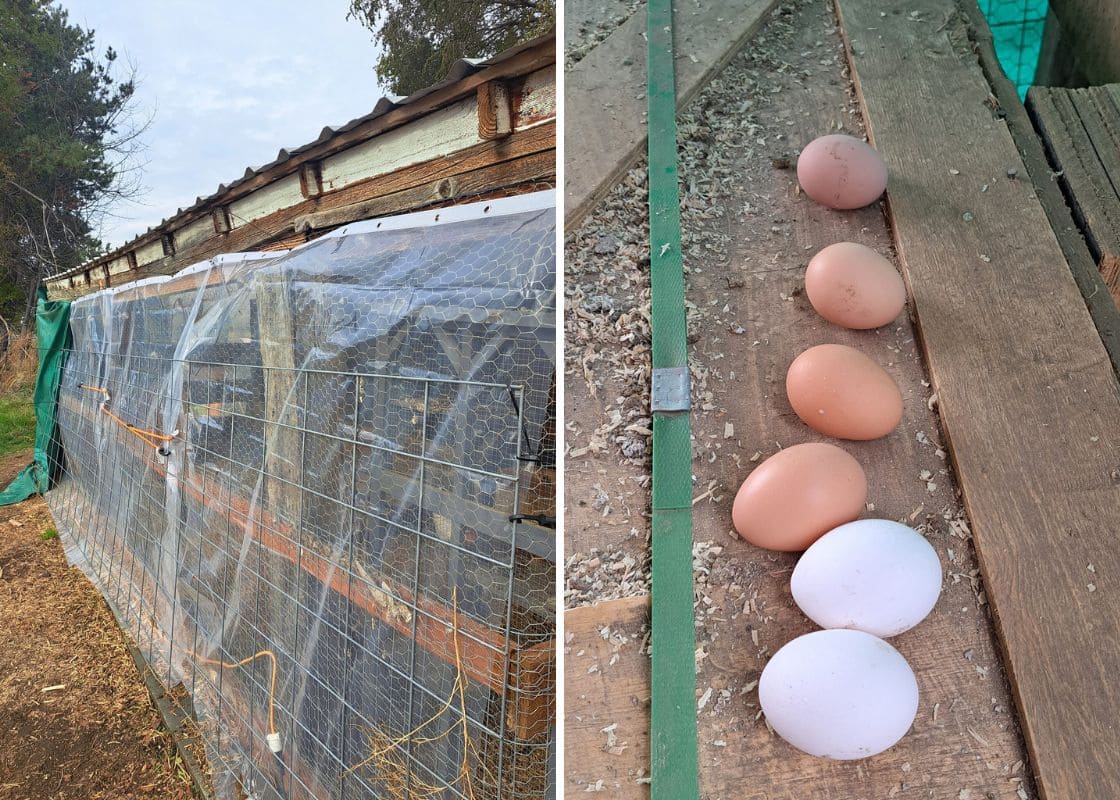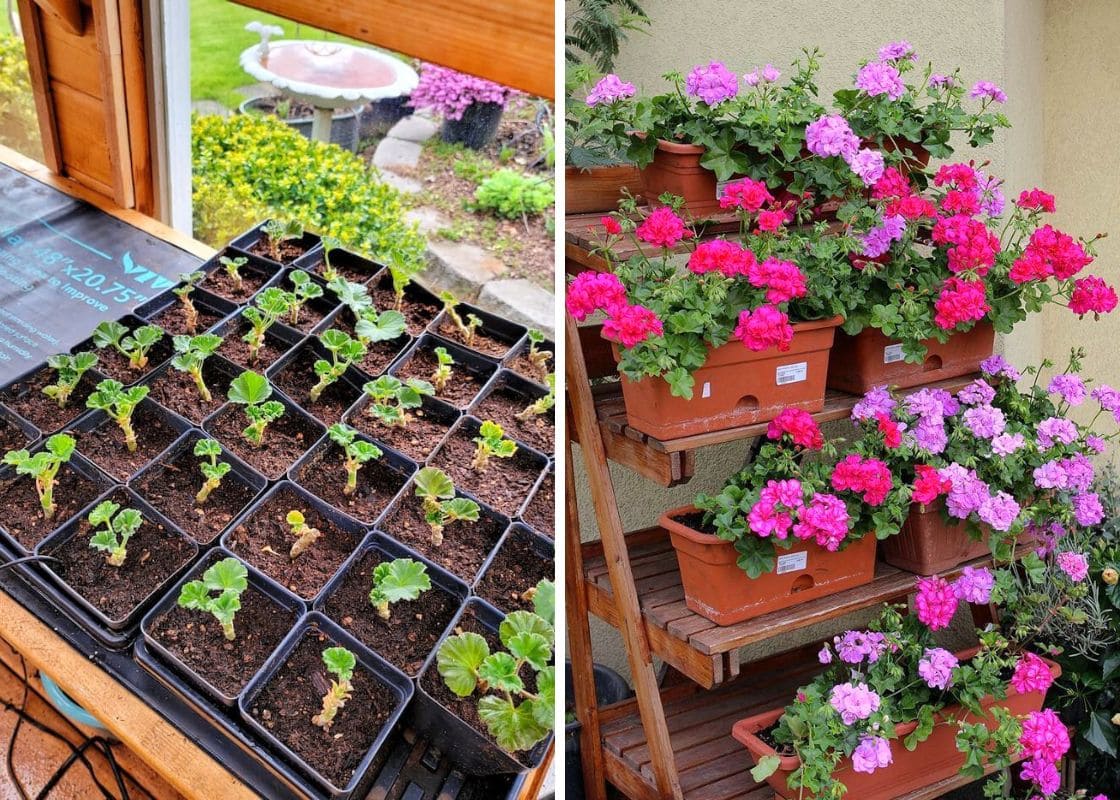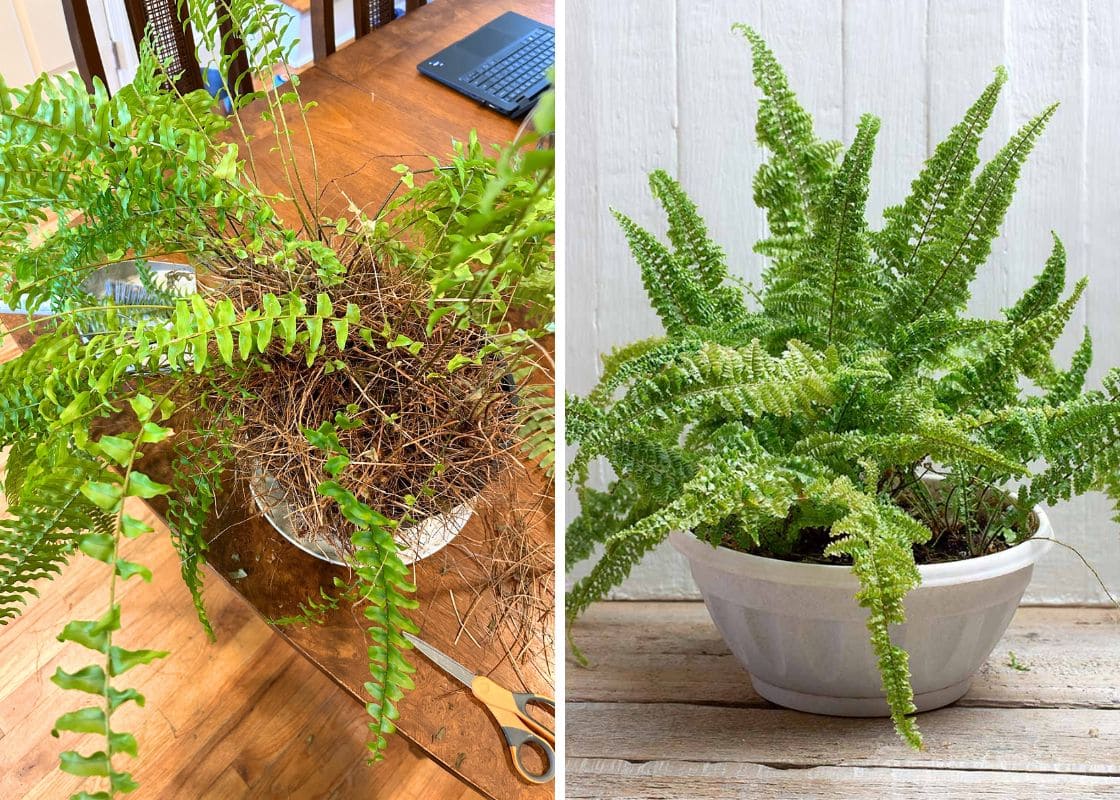When looking back on my gardening journey, I realize that a significant portion of my time has been spent battling weeds. These plants invade the garden, turning our hard work into a battleground.
Weeds are a persistent challenge for gardeners, negatively impacting the health and appearance of our cherished green spaces. They compete fiercely with your plants for essential nutrients, water, and sunlight, often leaving your garden looking unruly and your plants struggling to survive.
But don’t worry-effective weed control is within your reach!
Summary:
- Weeds compete with garden plants for nutrients, water, and sunlight, negatively impacting garden health and appearance.
- Effective methods include hand weeding, hoeing, tilling, and using herbicides.
- Strategies like mulching, landscaping fabric, proper plant spacing, and covering soil with a tarp help prevent weed growth.
Identifying Garden Weeds
Types of Weeds
There are three main types of garden weeds:
- Broadleaf weeds
Broadleaf weeds, including dandelion, bindweed, and thistle, are some of the most common culprits. These weeds often have wide, flat leaves and are easily recognizable by their distinct flowers.
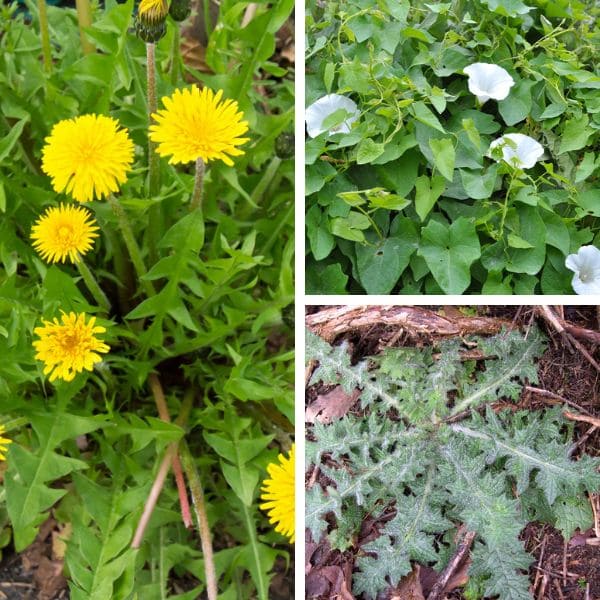
- Grass weeds
Grass weeds such as crabgrass and quackgrass, are another persistent challenge. These weeds blend in with your lawn and garden grass, making them tricky to spot.
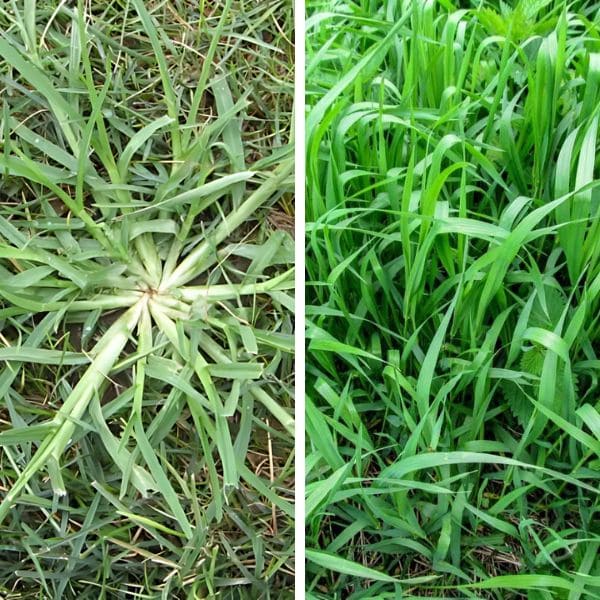
- Sedge weeds
Sedge weeds like nutsedge are often mistaken for grasses but can be identified by their triangular stems and fast growth. Nutsedge, sometimes called “nutgrass,” thrives in moist soil and can outcompete other plants if not controlled.
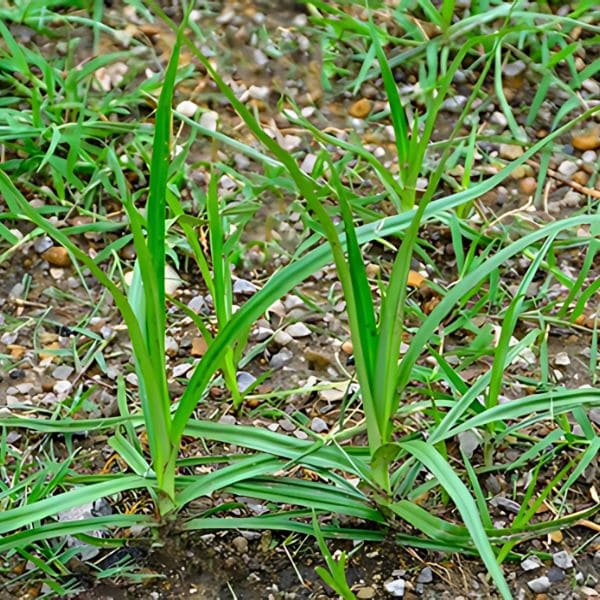
How to Identify Garden Weeds
Some common garden weeds you’ll encounter include purslane, dandelion, and crabgrass. Purslane is easy to spot with its fleshy, succulent leaves and small yellow flowers.
Dandelions are notorious for their bright yellow blooms and deeply toothed leaves, which turn into fluffy seed heads that spread everywhere. Crabgrass, on the other hand, grows low to the ground with stems that spread outwards, making it blend in with your lawn.
These weeds compete with your plants for nutrients, water, and sunlight, often leaving your garden looking unkempt and your plants struggling.

Identifying garden weeds sometimes can be tricky. To accurately identify these and other weeds, utilize resources such as field guides, gardening apps, and local extension services.
These tools provide detailed pictures and descriptions, helping you pinpoint exactly what you’re dealing with and allowing you to take appropriate action before they overrun your garden.
How to Remove Weeds Out of Your Garden
Hand Weeding
You can get rid of garden weeds immediately by hand weeding. The best time to tackle weeds is right after a rain, when the soil is soft and the roots come out more easily.
Using a trowel or a weeder, grasp the weed at its base and pull gently to remove the entire root-this is crucial because any leftover root can quickly sprout new growth. In addition, you can establish a regular schedule to stay on top of it.
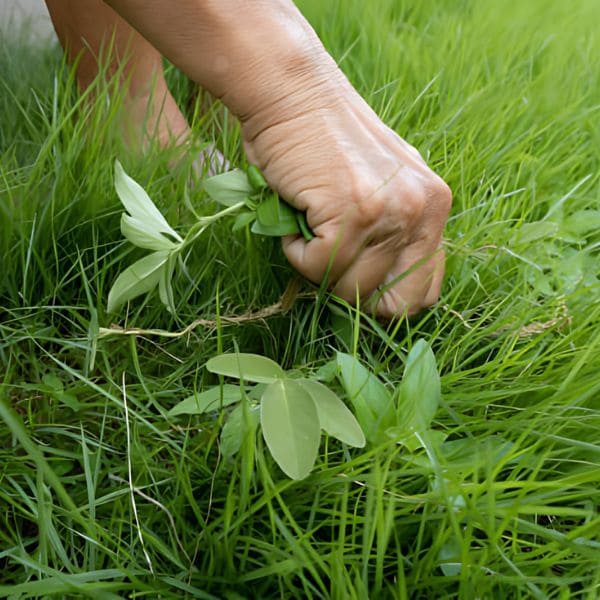
Using Natural Detergent
I’ve tried a natural detergent and found it surprisingly effective. A simple mixture of vinegar, salt, and dish soap can do wonders. I mix one gallon of white vinegar with one cup of salt and a tablespoon of dish soap, then spray it directly on the weeds.
The vinegar and salt dehydrate the plants, while the soap helps the mixture stick to the leaves. This method works best on sunny days, as the heat enhances the mixture’s effectiveness.
Using Herbicides
If you’ve tried natural methods and found them not effective, using herbicides can be a viable solution. There are two main types: selective herbicides, which target specific weeds, and non-selective herbicides, which kill all plants they come into contact with.
You should remember to follow the label instructions carefully, applying the herbicide at the right time and in the right dosage.
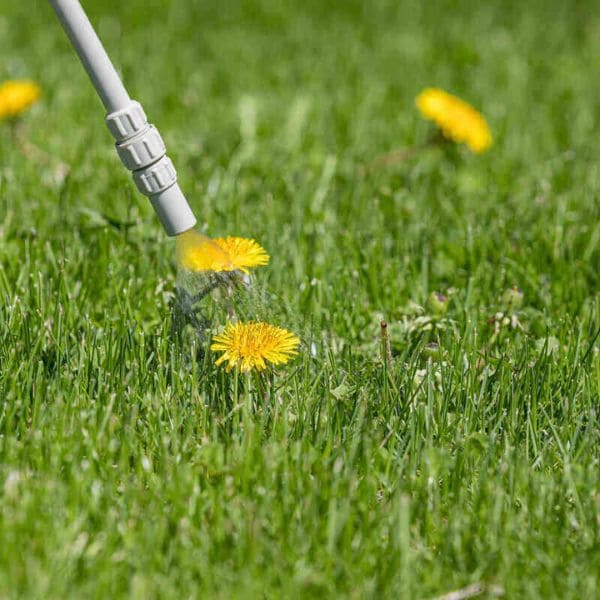
How to Keep Weeds Out Of Your Garden
#1. Mulching
Mulching creates a barrier that blocks sunlight, inhibiting the germination and growth of weed seeds. Additionally, organic mulch decomposes over time, enriching the soil with nutrients that strengthen garden plants, making it harder for weeds to compete.
When using mulch for your garden, you can consider four main types:
- Dead Leaves: You should collect fallen leaves in the fall, chop them up, and use them as mulch around your plants. Over time, they break down into nutrient-rich leaf mold, which enhances soil fertility.
- Straw: Straw is made from dried cereal plant stalks, it is excellent for mulching because it contains fewer seeds than hay. Spread a thick layer around your plants to prevent weeds and retain moisture. Straw slowly decomposes, adding organic matter and nutrients to the soil.
- Grass Clippings: These clippings are a free and effective mulching option if you have a lawn. Ensure they are dried before use and avoid those treated with “weed and feed” products. Grass clippings break down quickly, providing a good source of nitrogen.
- Black Plastic: For a tidy garden look, black plastic mulch is effective in suppressing weeds. Cut it to fit your garden rows, ensuring you leave enough space around plants for water and air circulation.
Remember to spread mulch to a depth of 2-3 inches around your plants, being careful not to pile it against plant stems to prevent rot. Reapply mulch as needed, especially after heavy rains or as it decomposes.
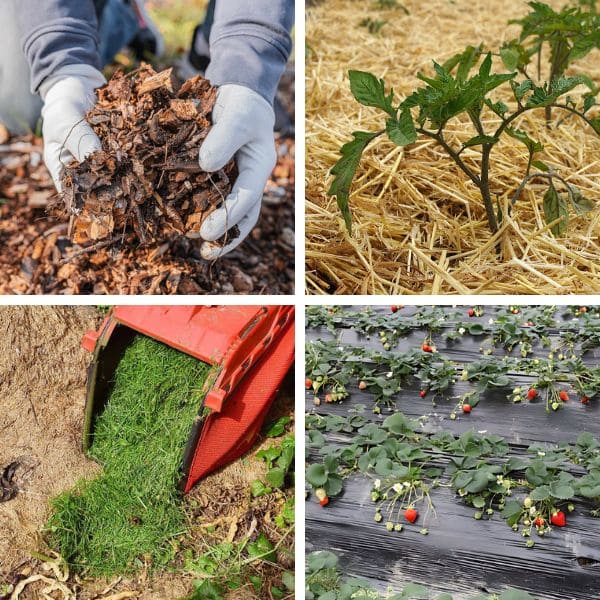
#2. Landscaping Fabric
Landscaping fabric acts as a physical barrier that blocks light and restricts weed growth while allowing air, water, and nutrients to penetrate the soil, ensuring garden plants thrive without competition.
When using landscaping fabric, you should start by laying it over the soil, ensuring the entire area is covered. Secure the fabric with garden staples to keep it in place, which is especially important in windy conditions.
After that, cover the fabric with a layer of mulch, usually about 2-3 inches thick, to improve its appearance and provide additional weed suppression.
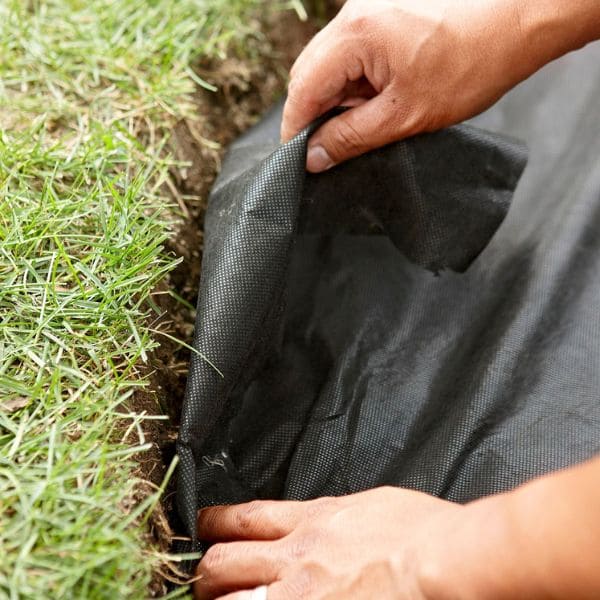
#3. Care for The Garden
If you care the garden properly, plants will become healthy, which outcompete weeds by occupying available space and resources. Additionally, well-maintained soil structure and moisture levels can disrupt weed seed germination and root development.
You can also make use of drip irrigation and soaker hoses to minimize surface moisture and reduce weed seed germination. Targeted watering at the base of plants ensures they get the moisture they need without encouraging weed growth.
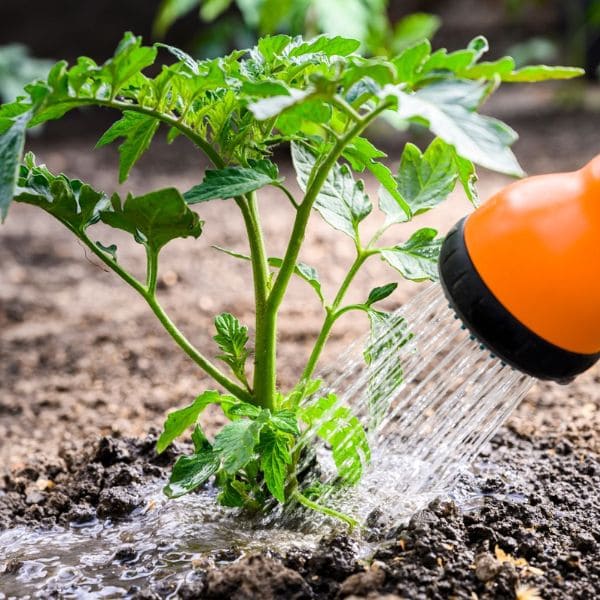
#4. Proper Plant Spacing
Imagine your garden covered by overcrowded plants, they will compete for water, nutrients, and sunlight, making them more vulnerable to weed invasion. Additionally, well-spaced plants improve air circulation, reducing the risk of disease.
Proper plant spacing ensures that garden plants receive adequate sunlight, water, and nutrients, allowing them to grow vigorously and form dense canopies. This dense plant coverage shades the soil, reducing the opportunity for weed seeds to germinate and establish.
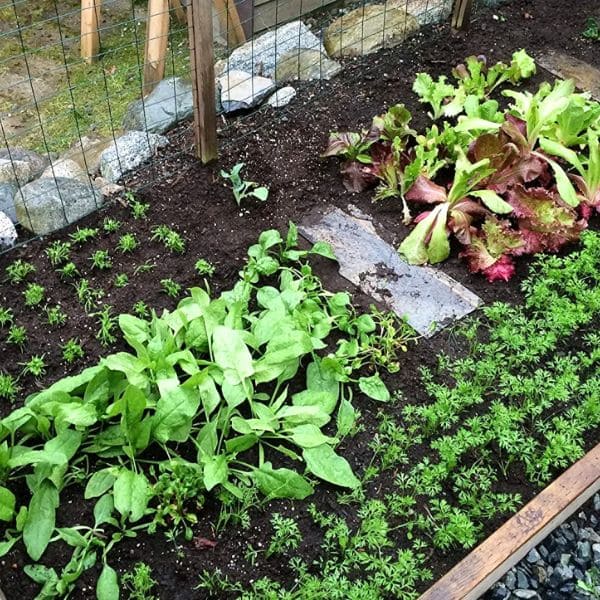
#5. Hoeing
Hoeing disrupts the soil surface, cutting down weed seedlings before they can establish strong roots. Regular hoeing also aerates the soil, promoting garden plants to outcompete any emerging weeds.
I find it particularly useful because it’s easy to use and doesn’t require any chemicals. You only need to break up the top layer of soil to sever weed roots and prevent them from growing back.
For the best results, you should hoe early in the morning or right after rain when the soil is moist and weeds come out more easily. Maintain a sharp blade and angle it at about 30 degrees. Aim to cut just below the soil surface, about 1-2 inches deep. This technique ensures you sever the roots without disturbing too much soil.
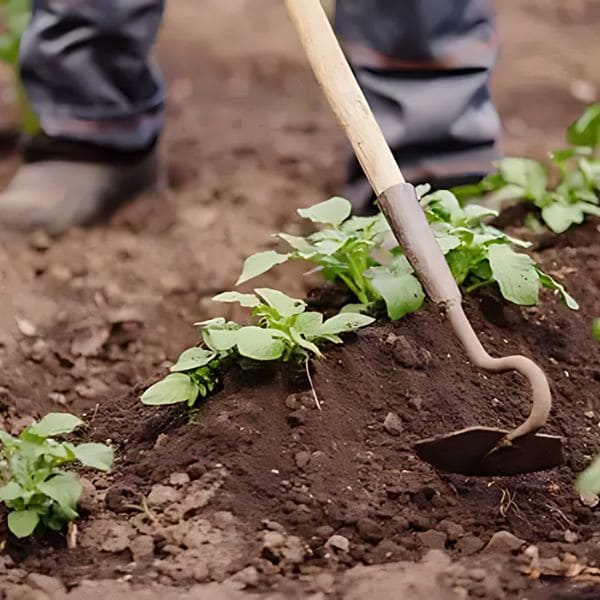
#6. Tilling
Similar to hoeing, tilling turns over the soil, burying weed seeds and disrupting the root systems of existing weeds, making it harder for them to regrow. This process also aerates the soil, creating a more favorable environment for desired plants to thrive.
However, there are some downsides to consider. Tilling can potentially damage soil structure, especially if done too frequently or when the soil is too wet. This disruption can lead to soil erosion and loss of beneficial microorganisms. Therefore, it’s best to till before the planting season when preparing new beds or incorporating organic matter into the soil.
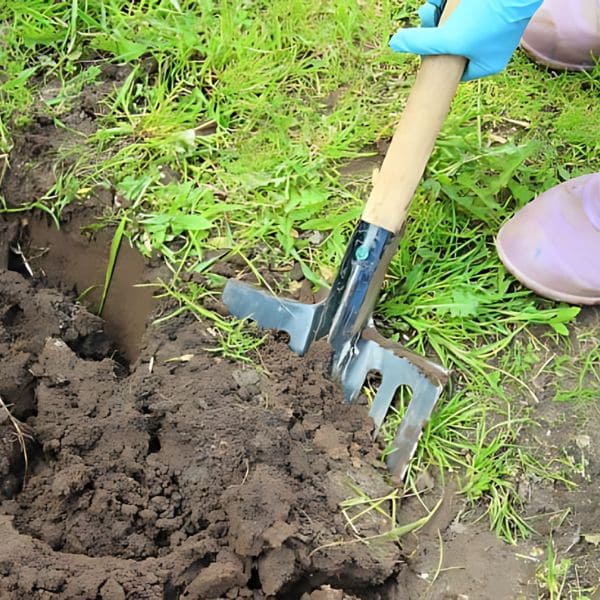
#7. Cover Crops
Cover crops create a dense ground cover that shades the soil, preventing weed seed germination and growth.
Additionally, their extensive root systems improve soil structure and fertility, enhancing the competitive ability over weeds. I’ve had great success with nitrogen-fixing plants like legumes, which not only suppress weeds but also add valuable nitrogen to the soil.
Fast-growing species like buckwheat are excellent for quickly covering bare ground and outcompeting weeds.
Besides, you can consider companion planting, such as marigolds with tomatoes or beans with corn, which can also help manage weeds and enhance plant growth. Also, marigolds release natural compounds that deter pests and suppress weed growth around tomatoes.
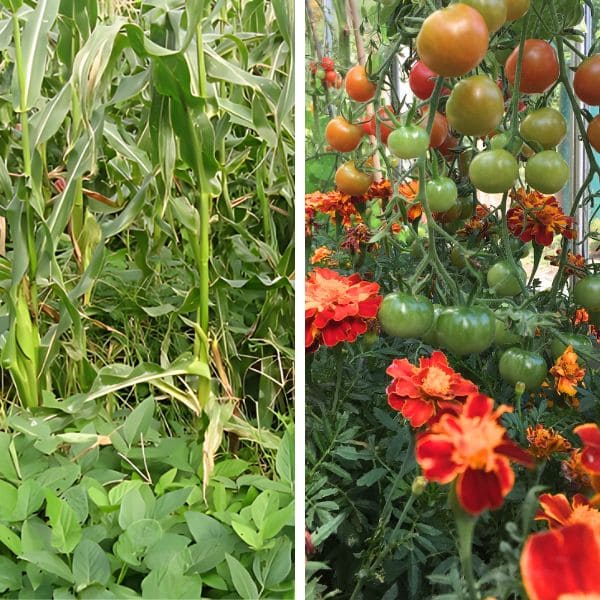
#8. Using Beneficial Organisms
Do you know beneficial organisms such as nematodes and mycorrhizae can manage garden weeds?. Nematodes are effective in attacking weed roots, while mycorrhizae enhance nutrient uptake.
Using beneficial organisms can suppress weed growth by feeding on weed seeds or roots, reducing their ability to germinate and establish. These organisms also enhance soil health and biodiversity, promoting stronger garden plants.
Incorporating cover crops creates a balanced ecosystem where these beneficial organisms can flourish, contributing to sustainable weed management practices. This approach reduces the need for chemical interventions and supports long-term garden health.

#9. Never Let Weeds Go to Seed
There’s a dormant seed reservoir lurking in your garden soil. These seeds can remain viable for years, even decades, patiently waiting for the right conditions to sprout.
Preventing weeds from going to seed interrupts their reproductive cycle, significantly reducing the number of seeds that can germinate and grow in the future. This proactive approach minimizes the weed seed bank in the soil, leading to fewer weed problems over time.
To keep your garden free of weeds, it’s essential to prevent them from going to seed. Even if you’re busy, simply removing any budding flowers or seed heads from weeds can make a significant impact.
You can easily do this by hand or with garden snips. If you’re starting fresh in a new garden area, you can reduce the seed bank by tilling the soil, watering it, and allowing any dormant seeds to germinate.
